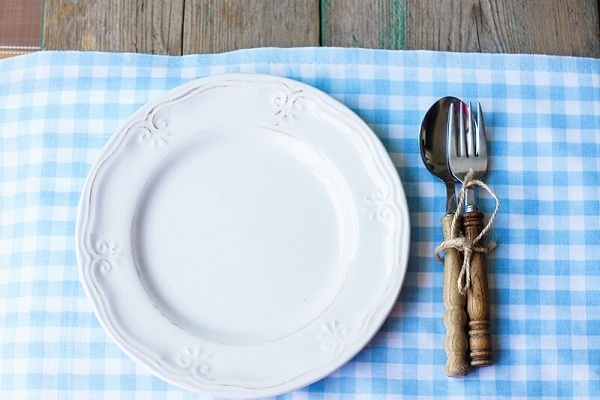Caggionetti
This is from the Abruzzo-Molise area of Italy.

Ingredients
Dough
- 5 cups (500 g) all-purpose flour
- 1/3 cup (80 ml) olive oil
- Dry white wine
Filling
- 1 pint (1/2 l) cooked wine must (Sapa)*
- 6 ounces (150 g) almonds, blanched, peeled and finely chopped
- 2 ounces (50 g) walnut meats, blanched, peeled and finely chopped
- 12 ounces (300 g) dried chestnuts
- A scant 1/4 cup (40 g) sugar
- 2 ounces (50 g) candied citron
- A hint of ground cinnamon
For cooking
- Olive oil for frying
- Sugar
- Ground cinnamon
Instructions
- Begin the night before, by setting the chestnuts to soak in cold water. Discard any that float to the surface, because they will either be hollow or inhabited. The next day boil them until tender, drain them, and put them through a strainer or food mill with a fine plate.
- Heat the must in a pot to a simmer and stir in the nutmeat, walnuts and cinnamon, then add the chestnut cream and stir well. Turn off the fire, mix in the sugar and the citron, and put the pot in a cool place or the refrigerator for a couple of hours or more.
- Make a mound of the flour on your work space and scoop a hole out of the middle to make a well. Mix in the oil and then sufficient wine to obtain a firm elastic dough - you're aiming for something that has the consistency of pasta dough, so it's going to be considerably firmer than bread dough. Knead the dough well, divide it into two parts, and roll out the first into a thin sheet (about as thin as fresh pasta, 1/16 of an inch or 2 mm). Use a glass or doughnut cutter to cut out 2 inch (5 cm) diameter rounds of dough. In the middle of each place a hazelnut-size chunk of filling, then fold the pasta over the filling and tamp it down well to obtain bulging half-moons. Repeat the process with the second piece of dough and the cuttings from the first.
- Heat abundant oil and fry the caggionetti; as soon as they're golden, remove them with a slotted spoon and drain them on absorbent paper. Dust them with sugar and a little cinnamon, and serve them hot.
Notes
* This is grape must, cooked down to the consistency of a syrup. It's quite sweet. (recipe above).
Sapa: Since its peculiar flavor is necessary in some dishes, sapa, which is none other than a grape syrup, has many uses in the kitchen. It's also always popular with children, who, during the winter, can improvise sherbets with it by mixing it with freshly fallen snow.
Must: Crush some superior quality white grapes (ideally they should still be on the bunch), put the grapes and their juice in a bowl, and when the whole has fermented for about twenty four hours, press and filter the must. Set the must on the fire and boil it down for many hours, until it has reached the consistency of syrup, then bottle it.
Mr. Pradelli says there are many variations. For example, some make the dough by boiling dried chestnuts and blending them. If you were to do this, I think you'd have to add some flour too to obtain a workable dough.
Others use creamed chick peas in the filling instead of chestnuts, or flavor their caggionetti with lemon rind, anise seeds, or grated baking chocolate.

